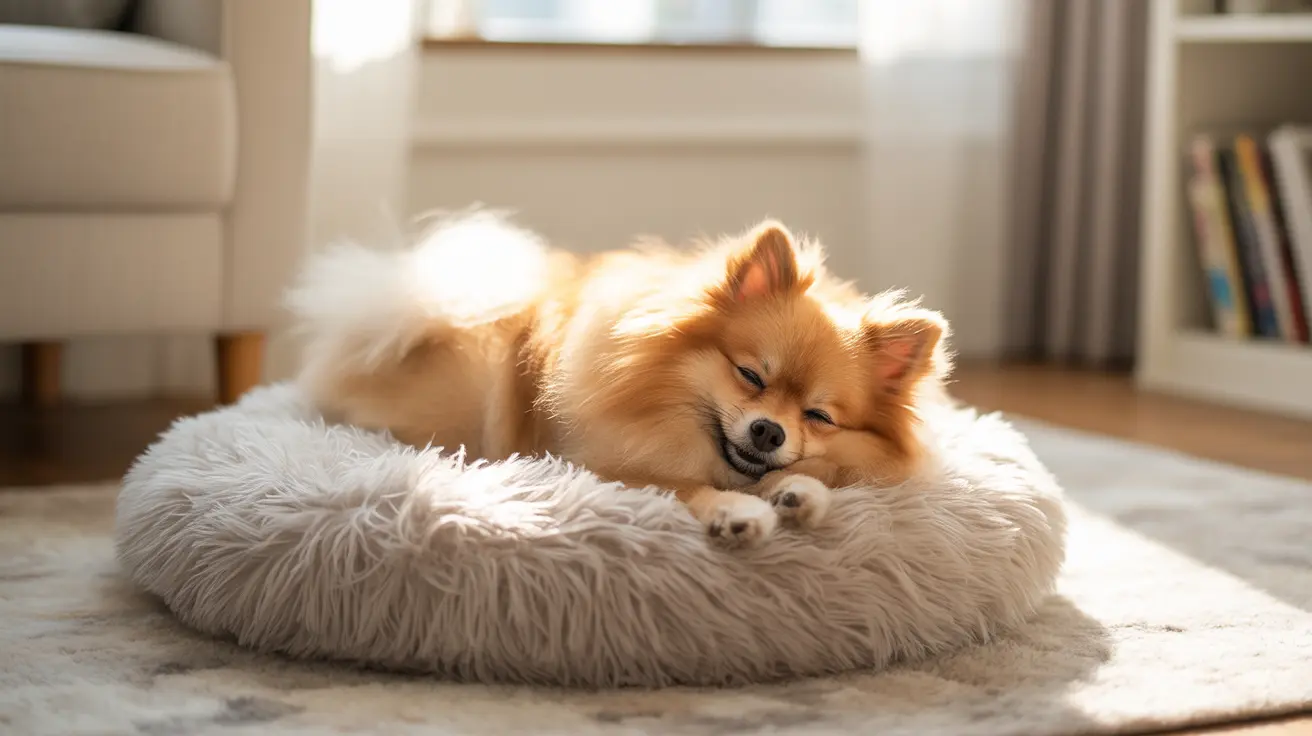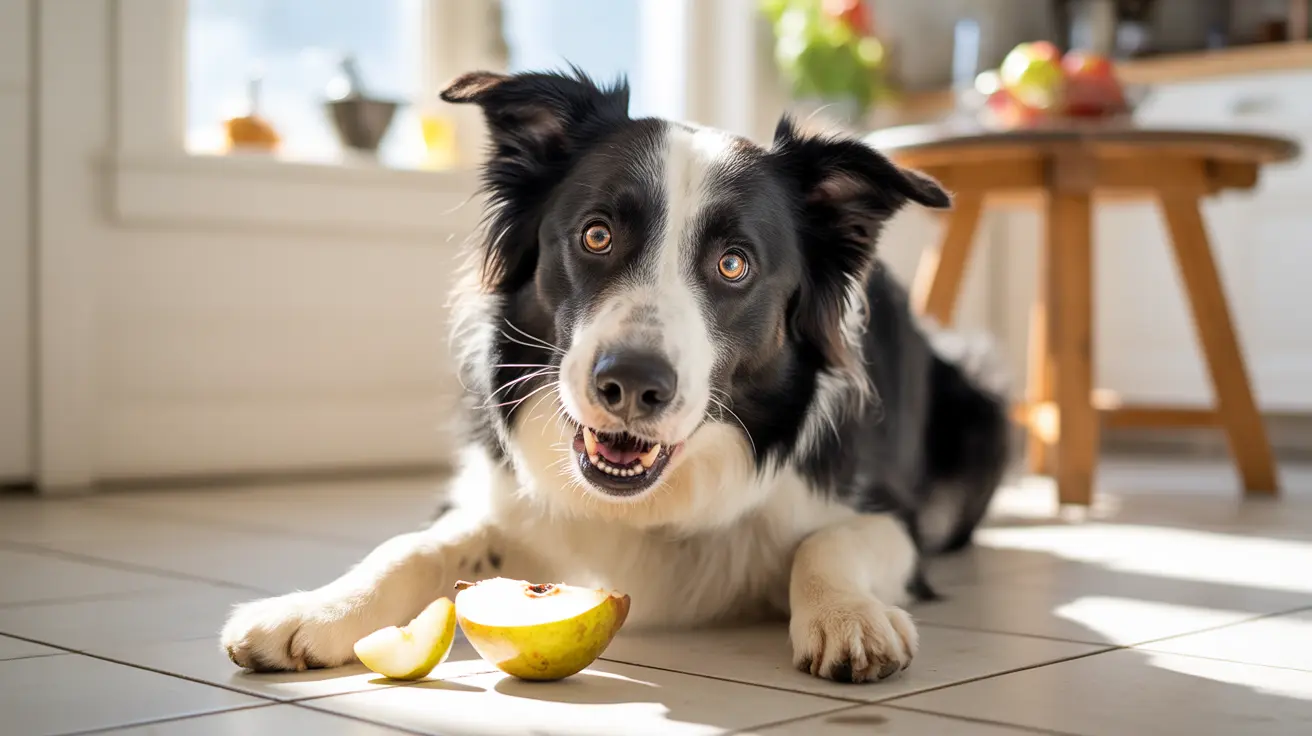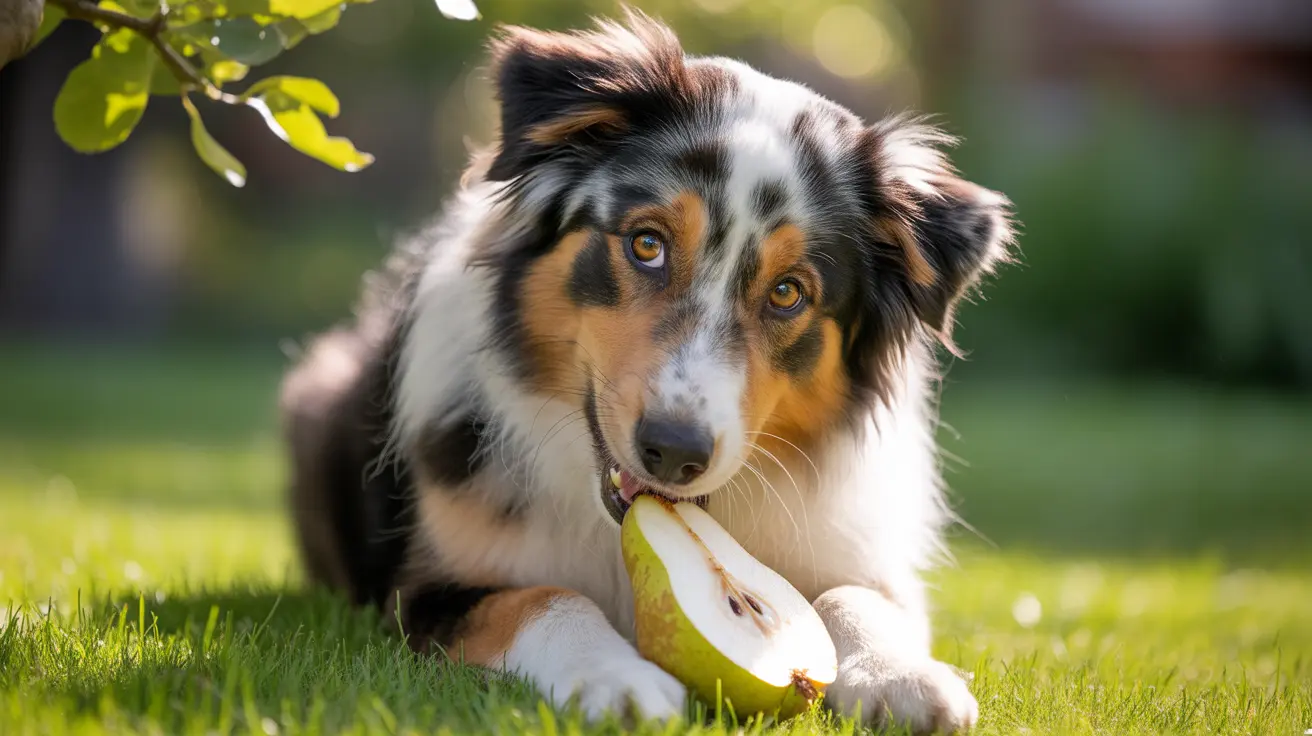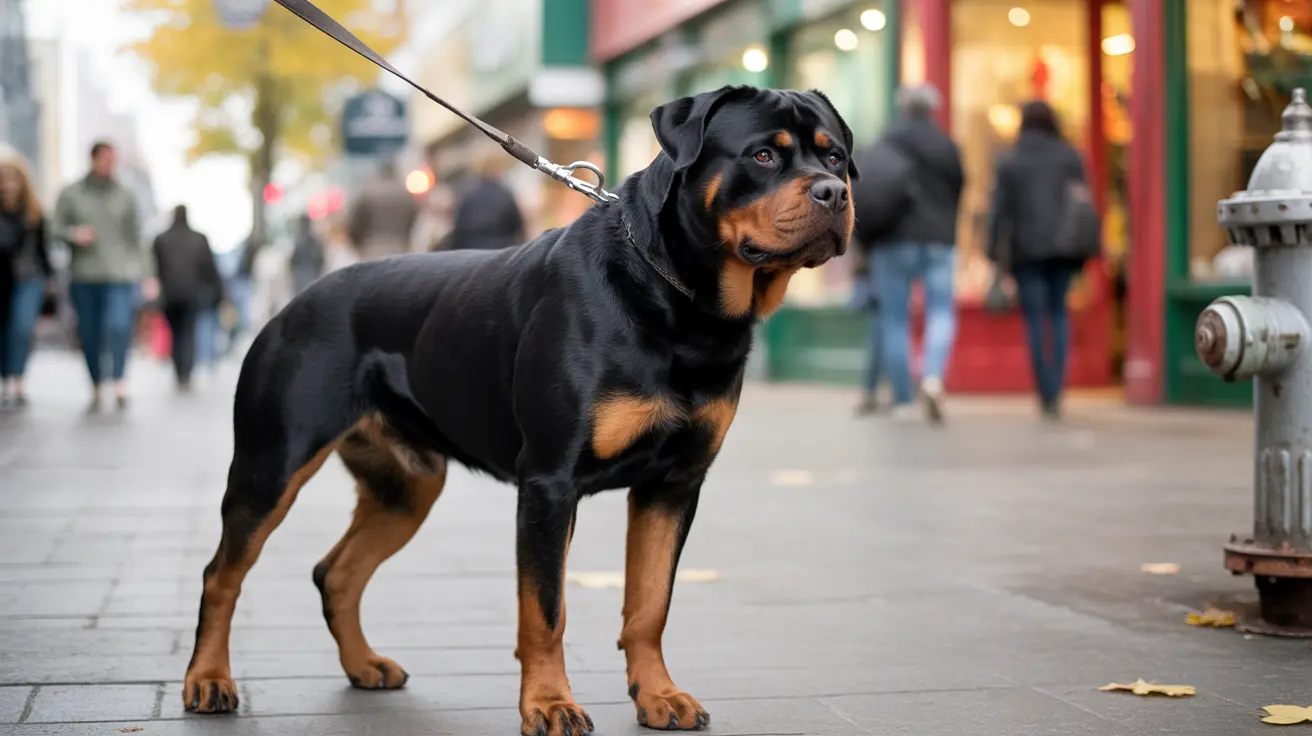Have you ever wondered how your dog can go from fully alert to sound asleep in what seems like seconds? This remarkable ability of dogs to fall asleep quickly isn't just a coincidence – it's deeply rooted in their biology, evolution, and unique sleep patterns. Let's explore the fascinating science behind why dogs can drift off to dreamland so effortlessly.
Understanding how dogs fall asleep so fast requires looking at their distinct sleep architecture, evolutionary history, and biological adaptations that set them apart from humans. These factors combine to create a sleep system that's both efficient and adaptable, allowing our canine companions to rest and recover quickly throughout the day.
The Science Behind Dogs' Quick Sleep Onset
Dogs have evolved a polyphasic sleep pattern, meaning they sleep multiple times throughout the day rather than in one long stretch like humans. Their sleep cycles are remarkably shorter, lasting only about 16 minutes compared to humans' 90-minute cycles. This biological setup allows them to transition from wakefulness to sleep much more rapidly.
A key factor in their quick sleep onset is their lighter sleep structure. Dogs spend only 10% of their sleep time in REM sleep, while humans spend about 25%. This lighter sleep makes it easier for them to both fall asleep quickly and wake up alert when needed.
Evolutionary Advantages of Quick Sleep
The ability to fall asleep rapidly comes from dogs' ancestral need to be both predator and prey. Their wild ancestors needed to rest opportunistically while maintaining the ability to respond quickly to threats or hunting opportunities. This evolutionary adaptation persists in our domestic dogs today.
Unlike humans, dogs don't experience pre-sleep anxiety or mental activities that might delay sleep onset. They don't lie awake worried about tomorrow's schedule or reflecting on their day, allowing them to drift off as soon as they're physically ready for rest.
Daily Activities and Sleep Patterns
Physical activity and mental stimulation play crucial roles in how quickly dogs fall asleep. Dogs who receive adequate exercise and mental enrichment throughout the day typically fall asleep faster and experience better quality rest. This natural pattern helps explain why an active day often leads to your dog dropping off to sleep almost instantly.
Environmental factors also influence sleep onset. A consistent routine and comfortable sleeping environment help dogs maintain healthy sleep patterns. Many dogs will naturally synchronize their sleep schedule with their human family members, though they'll still take numerous short naps throughout the day.
Breed and Age Influences on Sleep
Different breeds and age groups show varying sleep patterns and onset times. Large breeds and puppies typically need more sleep, sometimes up to 18-20 hours daily. Working breeds might display different sleep patterns compared to companion dogs, based on their energy levels and daily responsibilities.
Senior dogs may experience changes in their sleep patterns, sometimes taking longer to fall asleep or sleeping more lightly. However, they generally maintain the ability to fall asleep quickly compared to humans of any age.
Frequently Asked Questions
Why do dogs fall asleep so fast compared to humans?
Dogs have evolved to sleep in shorter cycles and lighter phases, allowing them to fall asleep quickly when needed. They also don't experience the mental obstacles to sleep that humans often do, such as anxiety or overthinking.
How do a dog's unique sleep cycles help them nap quickly throughout the day?
Their polyphasic sleep pattern and shorter sleep cycles (16 minutes vs. human's 90 minutes) allow them to enter sleep states more frequently and easily throughout the day.
What lifestyle factors influence how quickly my dog can fall asleep?
Physical activity, mental stimulation, routine, and environmental comfort all play significant roles in how quickly a dog can fall asleep. Dogs who are properly exercised and mentally engaged tend to fall asleep faster.
Does my dog's breed and age affect how fast they fall asleep and how much they need?
Yes, breed and age significantly influence sleep patterns. Larger breeds and puppies typically need more sleep, while working breeds might have different sleep patterns based on their activity levels.
How can I help my dog fall asleep faster and improve their sleep quality?
Provide regular exercise, mental stimulation, a consistent routine, and a comfortable sleeping environment. Ensure your dog has a quiet, comfortable space for rest and maintain regular feeding and activity schedules.
Understanding your dog's unique sleep patterns and needs can help you better support their rest and overall well-being. While their ability to fall asleep quickly might seem enviable to us humans, it's a perfectly natural and healthy aspect of canine biology that has evolved over thousands of years.






